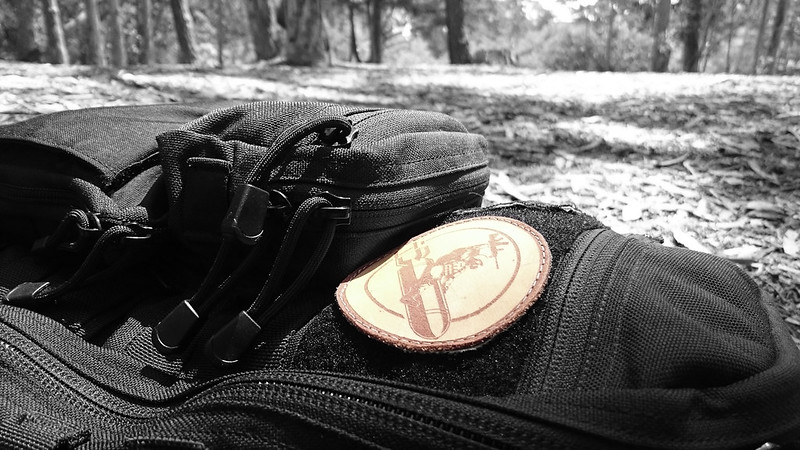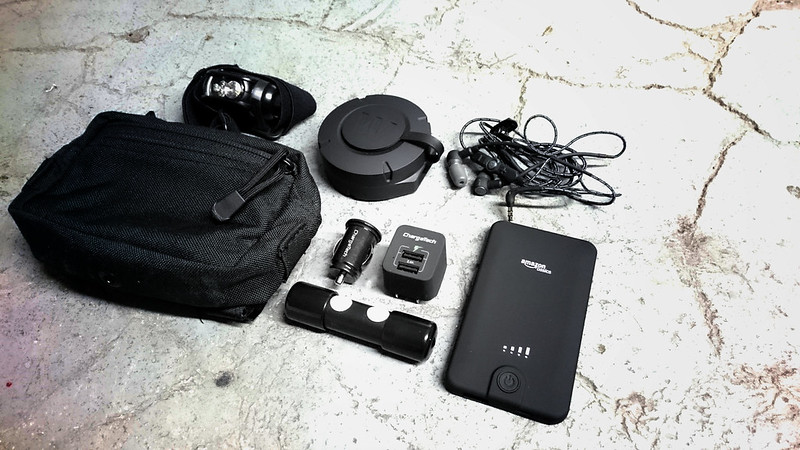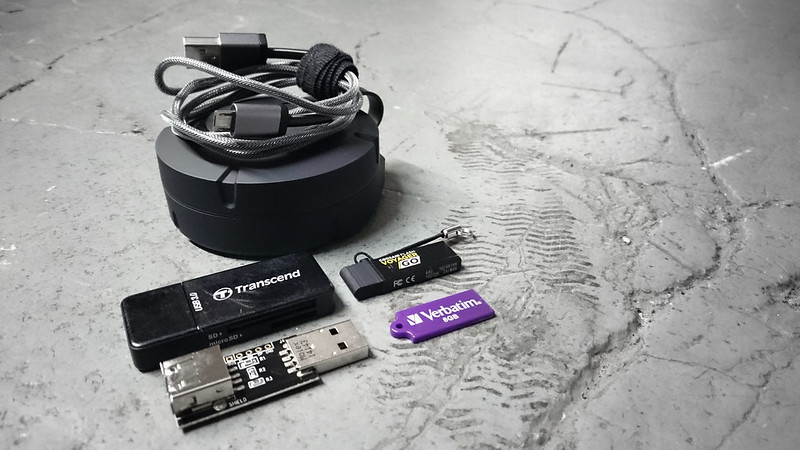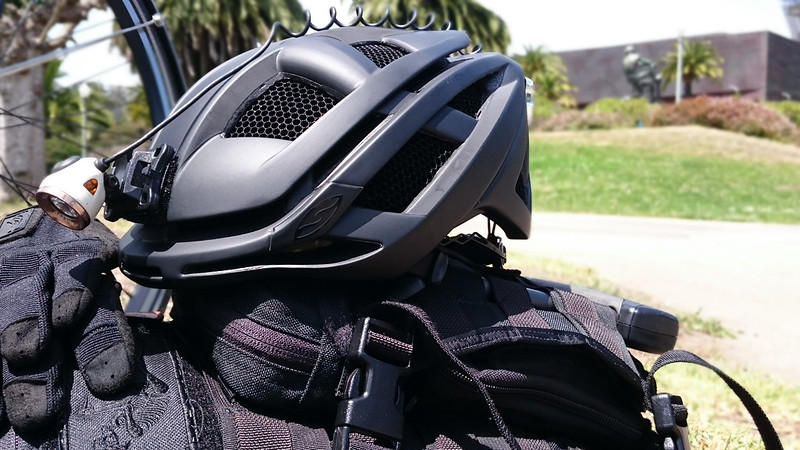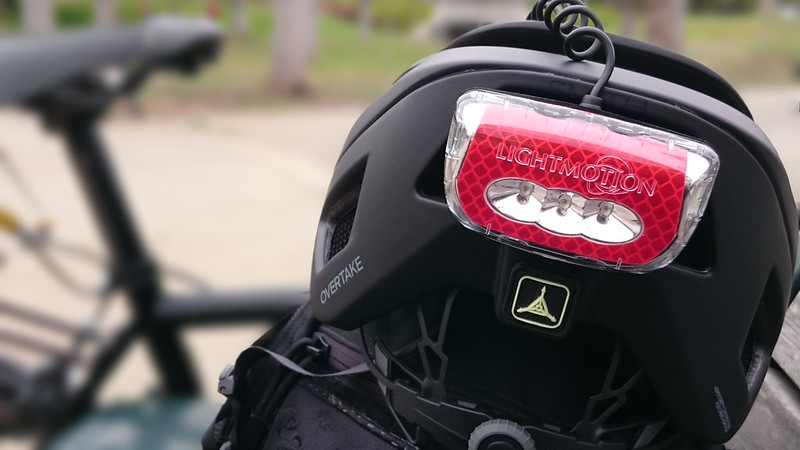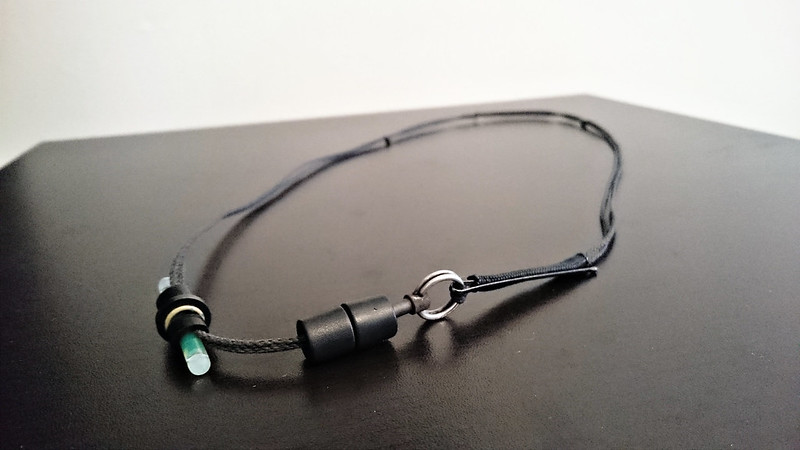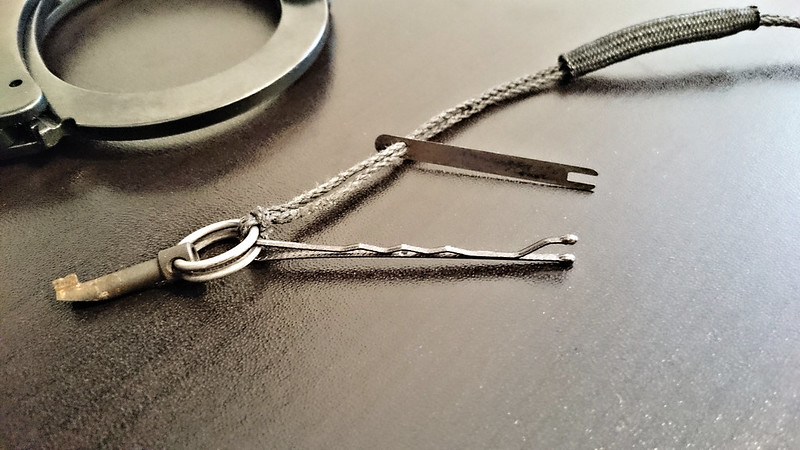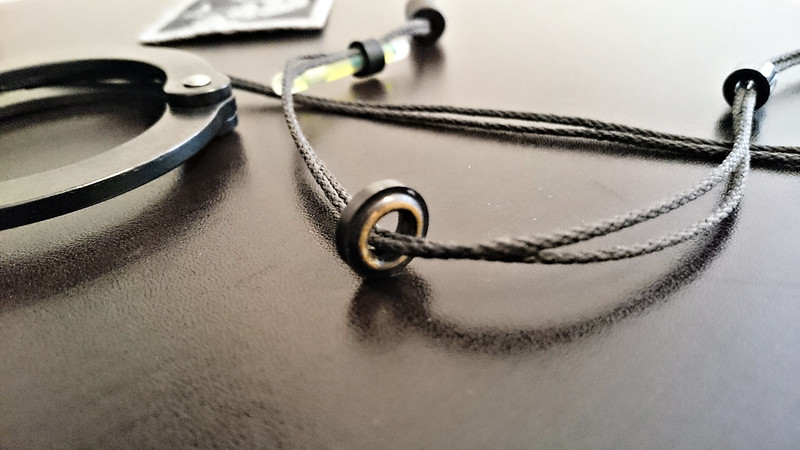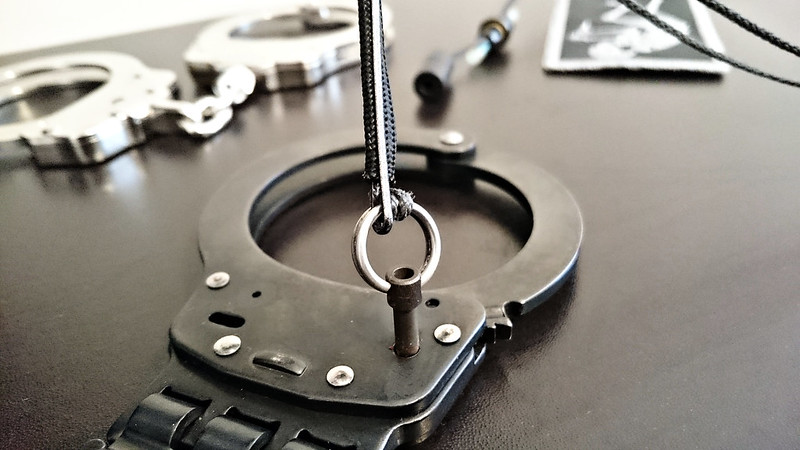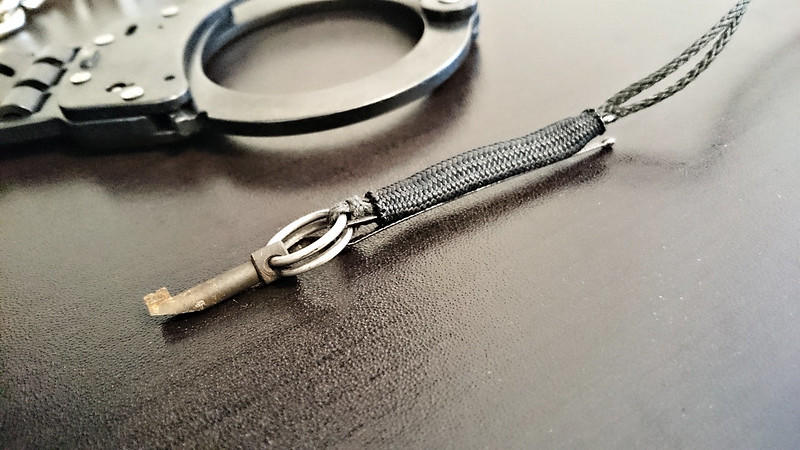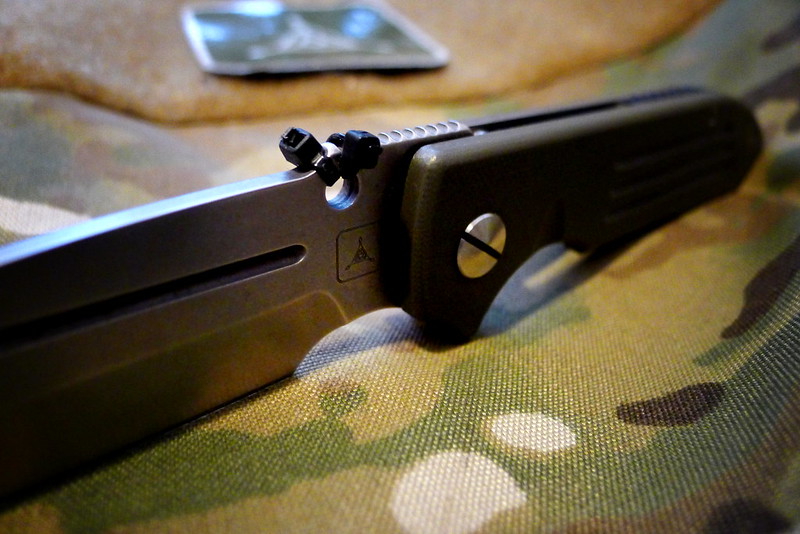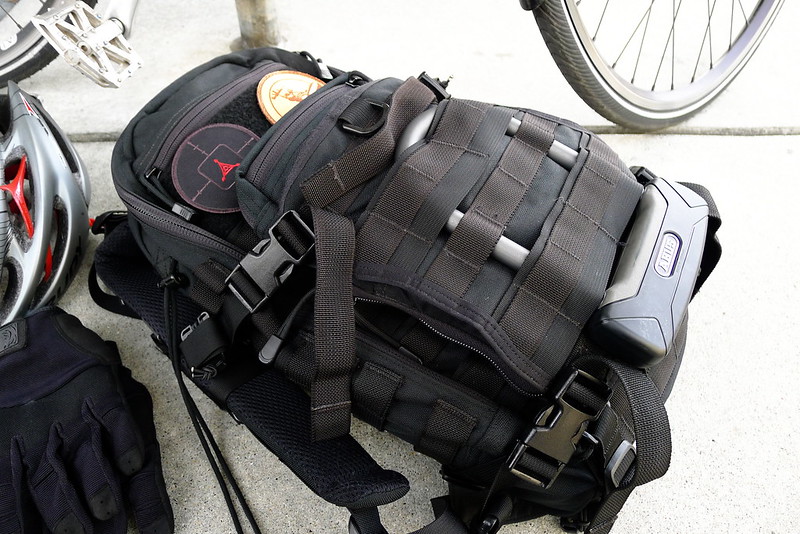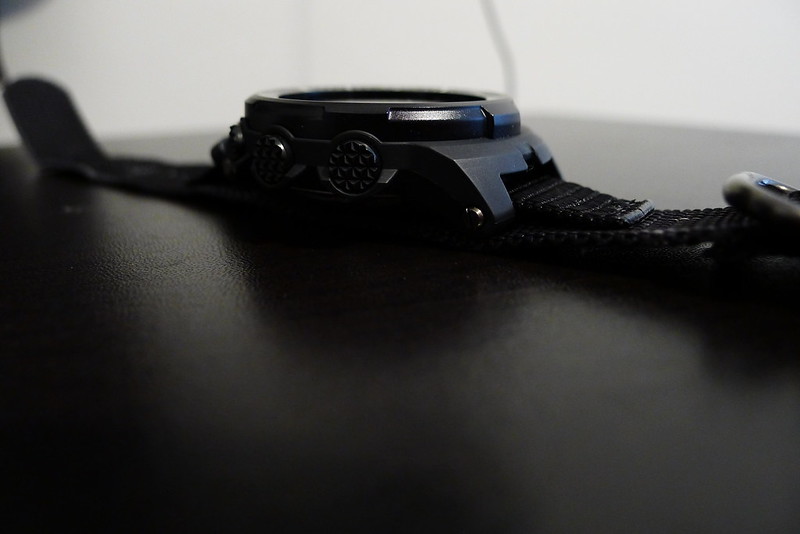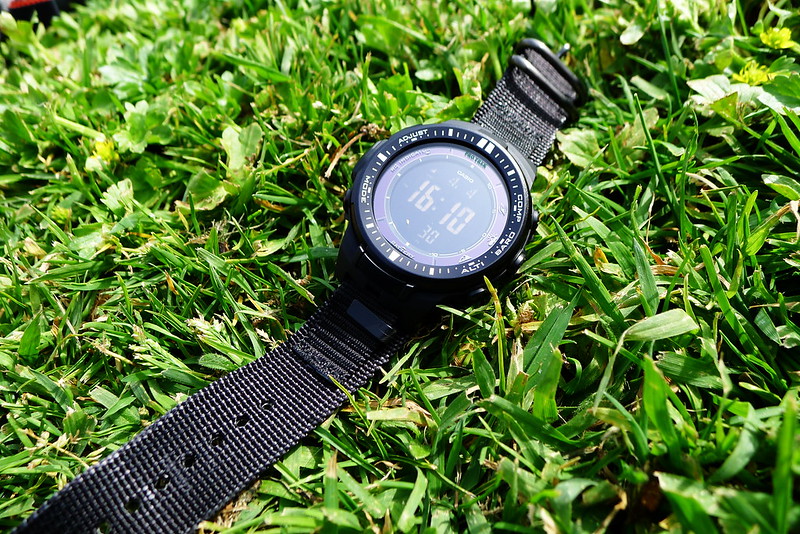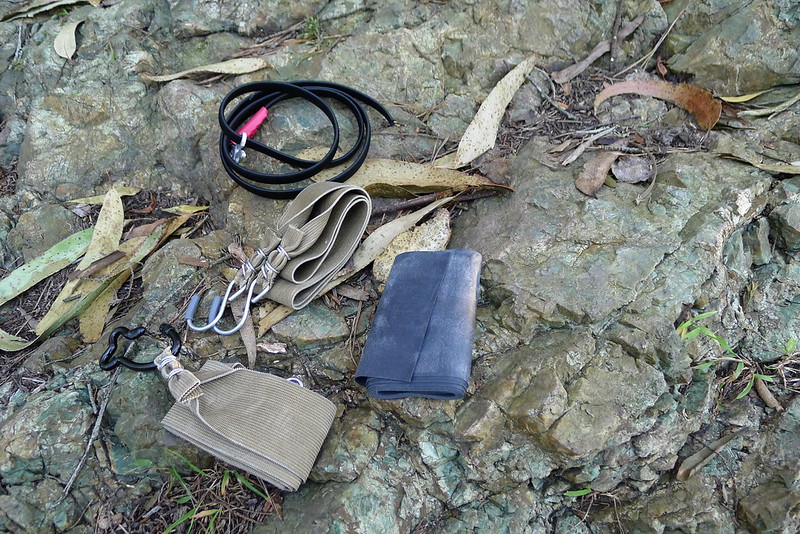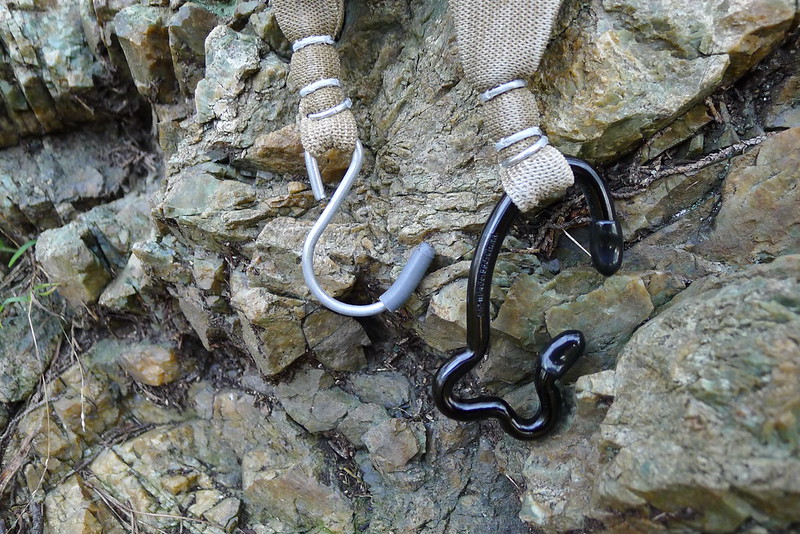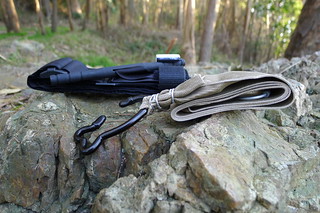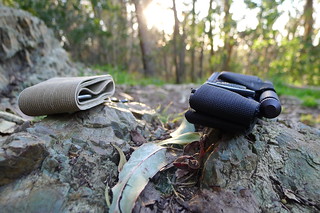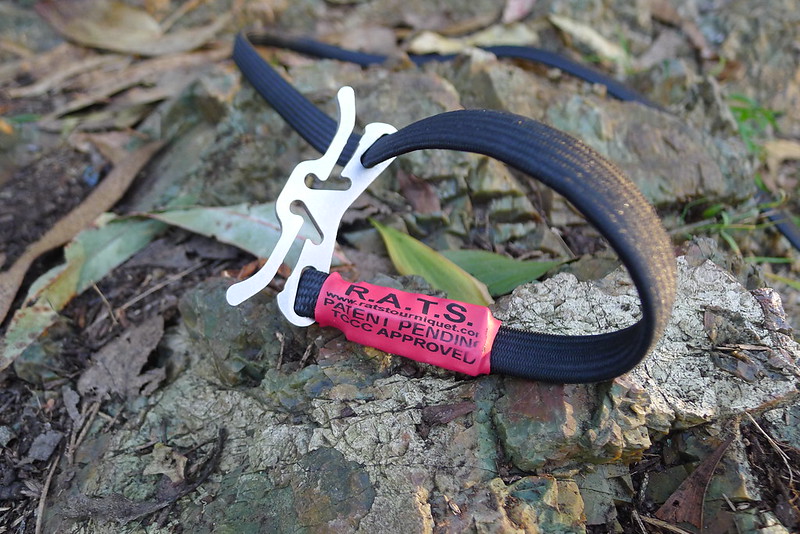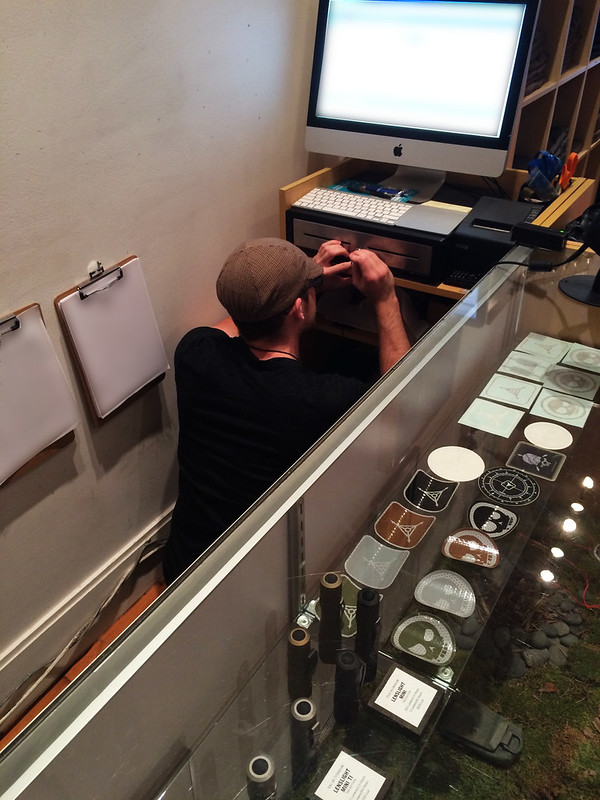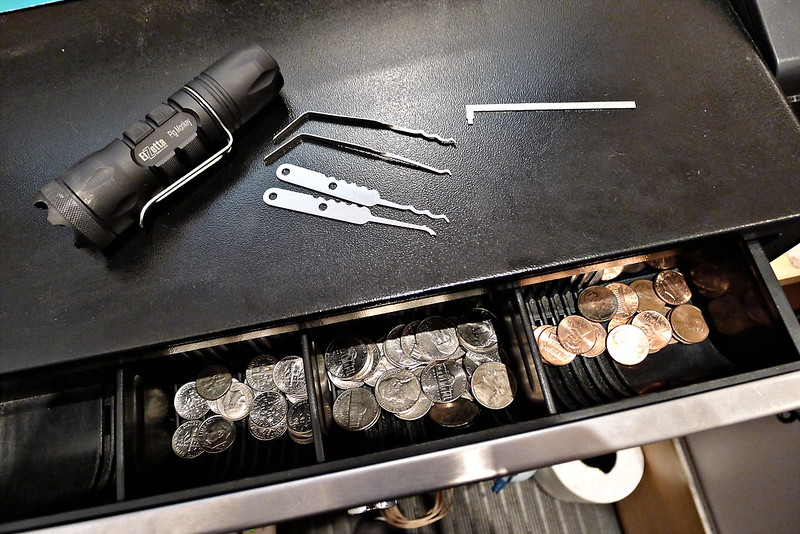Electronic Support Package
I carry a selection of tools to support the electronic devices that I utilize throughout the day. This electronic support package is part of my level 2 EDC, which means it is carried in my bag. Specifically, the items are stored in a GPP1 pouch attached to my Litespeed. The pouch is a little larger than it needs to be for what I carry, and if size and weight constraints were more of a concern, the package could be further paired down without too great a loss in capability by removing some of the less frequently used items, but I find this selection works pretty well for my daily life.
The electronic devices that this package supports are primarily my phone, helmet light, and the flashlight on my belt1. While these items serve multiple purposes, they tend to fall into the category of critical safety devices. As such, it is important to have the accessories needed to support their regular use.
I do carry a laptop between home and work, and to a lesser extent some of the items in this package support that, but for the most part the things needed to support the laptop (power adapter, peripherals, etc) live at both home and work. They’re not items that I carry.
Battery Pack
The outer pocket of the pouch holds an AmazonBasics Portable Power Bank. This USB battery pack offers 5,600 mAh. I very rarely use this, but when I do need it, I’m extremely glad to have it. The ability to power devices away from other infrastructure is a valuable capability.
The profile of this particular battery makes it easy to carry and to use – it can easily slide into a small pocket on a pair of pants or a jacket when in use with a phone. In the pouch, it takes up no noticeable space.
Earphones
Immediately inside the main compartment of the pouch are a pair of Westone Adventure Series Beta earphones. I do not frequently listen to music when away from home or work (and I find the sound from these Westones to be less than desirable for music anyway), but I do value a hands-free interface to my phone. I use earphones for talking on the phone and (more frequently) navigation. One earphone placed in an ear combined with an OpenStreetMap application and offline routing makes for an improved bike trip in strange lands.
These particular earphones have an IPX-3 rating, which is about the weakest water resistant rating you can get, but makes me feel a bit better about sweating all over them and exposing them to rain.
Headlamp
While critical in the backcountry, a headlamp is less useful in normal daily life. I carry a flashlight on my belt. Between that and my helmet light, this headlmap rarely gets used. I keep it the package mostly just because I have space and don’t mind the additional weight.
I went with the Princeton Tech Remix Pro. It’s compact, lightweight, and offers both red and white LEDs. That set of criteria is critical to me, and fairly easy to satisfy. The reason I chose the Remix Pro over other offerings is that it uses a single CR123. I have mixed feelings about CR123 batteries, but the flashlight I carry uses one. This headlamp allows me to standardize on replaceable batteries for my every day carry.
Batteries
I carry 2 spare CR123 batteries in a Deep Carry Tube from OscarDelta.
Chargers
I backed the ChargeTech Wall and Car Charger on IndieGoGo a while back. The car charger is nothing special – I’ve had other car chargers the same size – but the wall charger is unusually small. I’ve carried a wall charger in my pack ever since getting my first smart phone, but this is the first one that didn’t suck to carry. It’s no bigger than it needs to be.
Chew Can
The Westone earphones came in a small hard-sided container that screws shut, providing some measure of protection from weather and crushing. I don’t care enough about the earphones to store them in the container, but it happens to be the right size to fit most of the smaller items in this package that I do care about.
It also looks like a tactical chew can, which amuses me2.
Micro USB Cable
These days enough devices have micro USB ports that carrying a cable is pretty much required3. I carry a 6 ft MOS Spring Micro USB Cable, which is probably not worth the money, but has some cool features like a woven jacket and spring strain relief near the connector.
USB Condom
The USB Condom is the least used device in the whole package. Between the micro USB cable, battery pack and wall and car chargers, I can power my phone without much worry about data leakage. For those rare times when I do need to draw juice from an unknown USB port, the condom offers peace of mind. As with the headlamp, I have the space and don’t mind the weight, so I leave it in.
Card Reader
The Transcend USB 3.0 Card Reader is another device that I don’t use too frequently. Most of the time when I need to read a card, it is an SD card from a camera. My laptop has a built-in SD card reader. But occasionally it is useful to be able to read microSD cards, and occasionally it is useful to be able to do so on other machines. I choose to carry this rather than a microSD-SD adapter so that I may read any card on any machine.
USB Sticks
I carry 2 USB sticks. One is an old 8GB Verbatim stick that runs Tails.
The second is a 64GB Corsair Flash Voyager GO, which has a normal USB 3.0 male connector one end and micro USB on the other. I only recently learned that these type of sticks were a thing, but it certainly makes sense. This gives me an additional method to transfer data between my phone and laptop (in addition to a wireless network, the micro USB cable, and the card reader).
I have not performed any quantitative testing of the Corsair, but it seems to be slow compared to other USB 3.0 sticks. Still, it is large in capacity, small in size, well-built, and I bought it for a good price.
Notes
- ↵ Although not part of my EDC, I will throw a Kindle in my pack if I'm planning to be gone for more than a day. Fortunately, this creates no new support requirements in addition to those already set by the phone.
- ↵ I also have a set of S&S Precision Tactical Chew Cans, which are much nicer than the Westone container, but too small for this application.
- ↵ Nobody likes a cable moocher.
